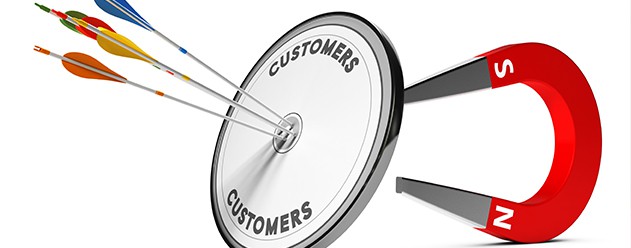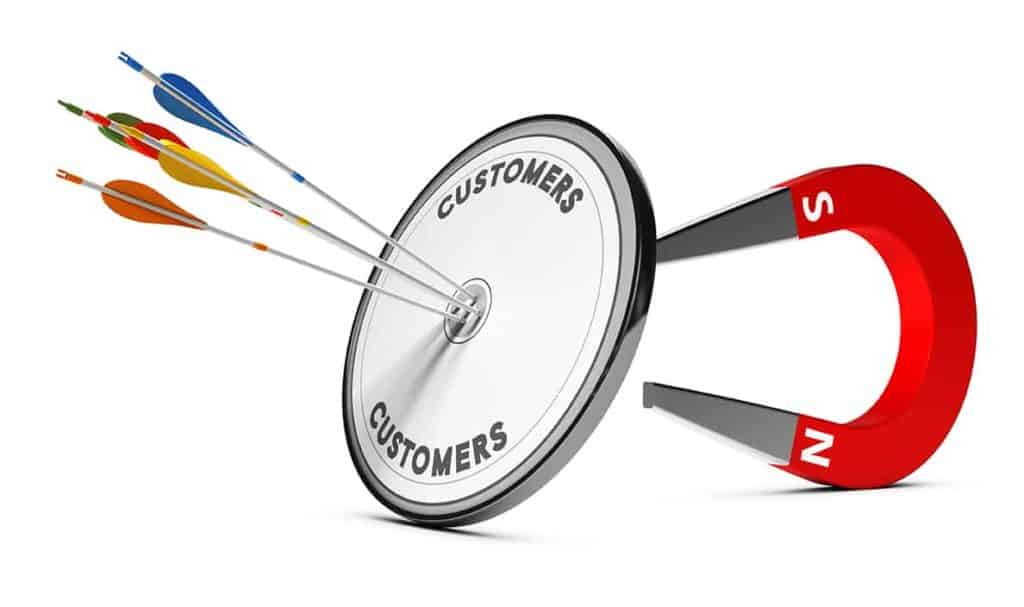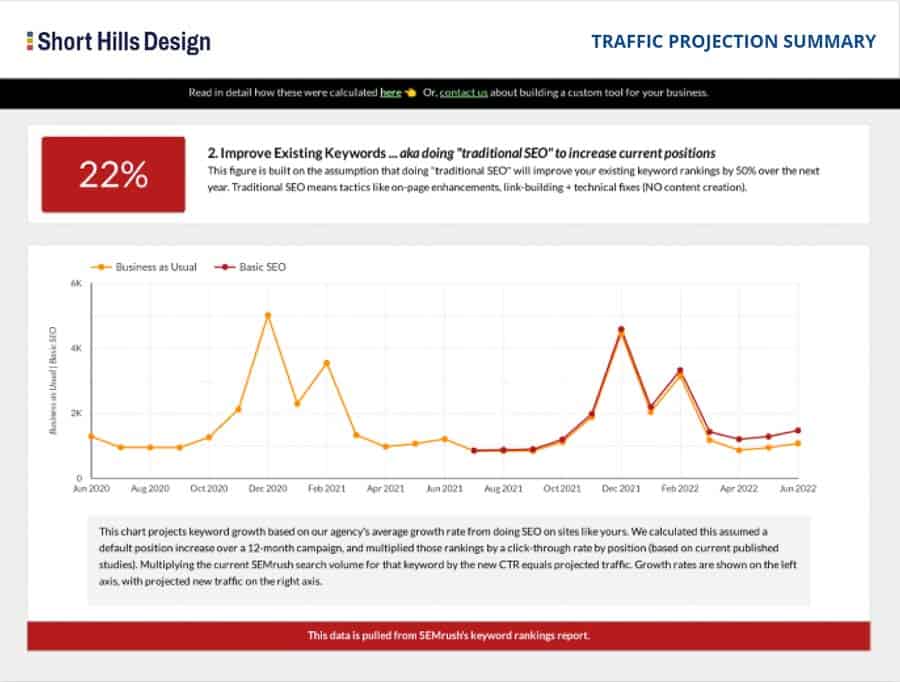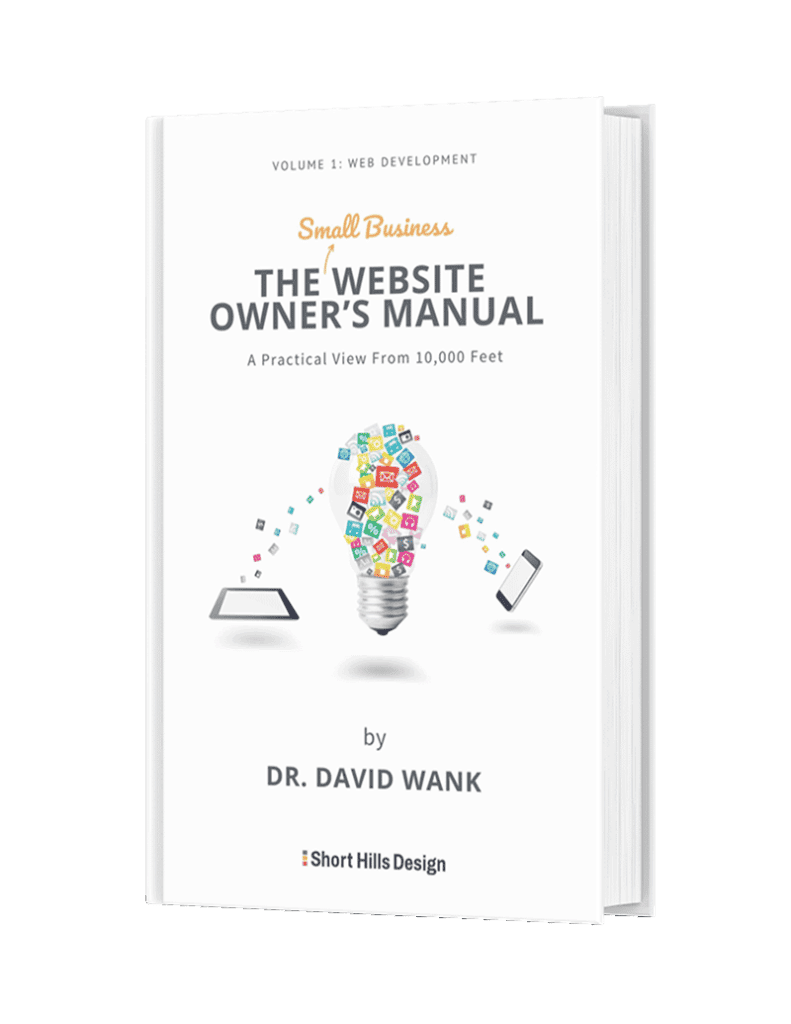
In our previous articles in this series we introduced the concept of inbound marketing and marketing channels, and we talked about segmenting your visitors based upon where we think they are in the buying cycle. This article is the third one in this series, and I recommend you read the previous two articles first in order to get the most out of the content.
When we left off in the previous article, we had selected and identified two likely segments of visitors on our website who are interested in Invisalign: (1) those visitors who want to learn more about Invisalign, and (2) those who are ready to come in and start treatment.
For visitors who want to learn more about Invisalign, your job is to offer them accurate, quality, and useful information about Invisalign, within the context of your branding, and with a hint of why your office is best place to go to have treatment. Because the visitors in this segment aren’t ready to buy yet, sending them a coupon won’t be helpful or very appealing. However, providing them with free information that will educate them about Invisalign can be very helpful.
Enter Drip Marketing
Drip Marketing is an email marketing technique where we send out an automated series of pre-written emails at specified times in order to provide our leads with educational information relevant to their positon in the buying cycle. The goal of this approach is to maintain contact with the lead over time, and move them closer to the “I’m ready to start” part of their buying journey. For example, you might send the following three emails two weeks apart, “How Can I Get Straight Teeth with Invisalign?”, “What Are the Alternatives to Invisalign?” and “Invisalign Costs and Special Offers.”
You may have heard of Lead Nurturing; lead nurturing is a technique that takes drip marketing a step further, and while it’s out of the scope of this article, we will cover it at a later date.
For people who are ready to come in and start treatment, it makes sense to make them some type of discount offer. If we have a specials page that offers $250 off Invisalign treatment, it makes sense to offer an email coupon that offers an additional $250 off. You could just have easily posted a $500-off offer on the specials page, but by breaking up the discount into the on-page $250 offer and the emailed $250 coupon offer, you are forcing the visitor to engage -- and in doing so, you will collect their contact information. By having the visitors contact information you will be able to follow-up with this well-qualified lead via email or by phone to answer any questions they have, and to help them schedule their appointment. You could also offer a free consultation on the specials page, and offer the $500-off coupon on that page.

Marketing with Lead Magnets
When you give a visitor something of value to download such as a coupon, an informational document, or a worksheet in exchange for the visitor’s contact information, we call the download a lead magnet. In the example above, the $250-off coupon is a lead magnet – and it’s called a lead magnet because we are using a magnet (the coupon) to attract the visitor (our lead). Note: lead magnets can be used anywhere in the sales cycle – not just for users who are ready to purchase a service. For example, on your website’s main Invisalign page you might offer downloadable chart that shows the different between Invisalign and traditional braces. And once they’ve downloaded the chart (the lead magnet), you can start them with the drip marketing email campaign we talked about above.
Thinking about the next step
We’ve only scratched the surface about what can be achieved with Inbound marketing – stay tuned for more as we’ll talk about how to put these techniques to practical use in your office’s marketing toolbox.
[box style="1"]
Register now for free to join Dr. Wank on Webinar Wednesday to learn about Inbound Marketing and how it can help your practice generate new patient leads.
When: November 15, 2017 at 8:30pm EST.
Can't make it to the live event? Register to watch the recording after.
[/box]

